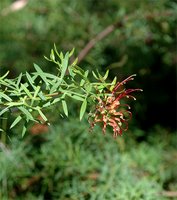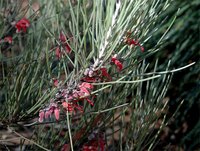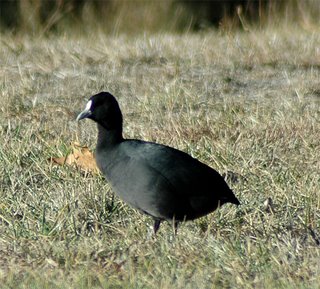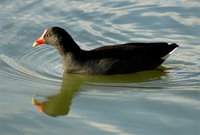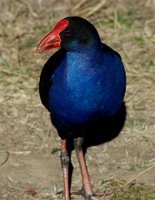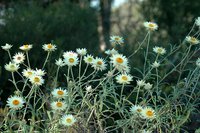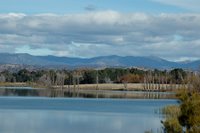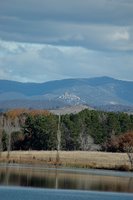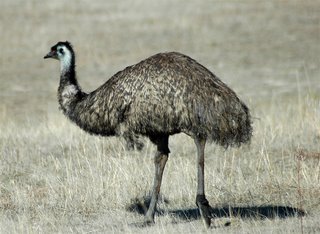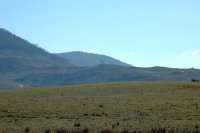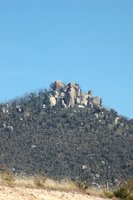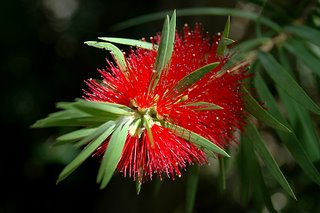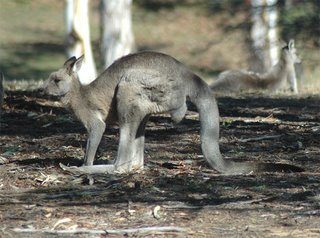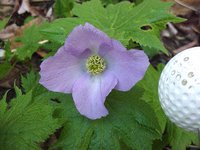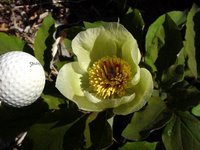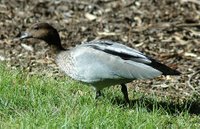
Following up on the earlier Blog about Grevillea flowers, I thought I would show you a photo of the supremely weird, wonderful and lovely Hakea laurina. For Leo's benefit, the entire "flower" is roughly the size of your beloved golf balls.
This plant starts out with a rounded bud, tightly encased in sheaths of a silky-covered papery substance. The sheaths fall off, as the "flower" opens. That reveals a tightly packed composite head of many hundreds of flowers.
Each flower has the same basic structure as the Grevilleas discussed yesterday. the main point of comparison is the dominant styles (white with green tips) which start out bent like a hairpin, but which, as they mature, open outward to form this "sea urchin like" flower.
In the photo above, the individual flowers on the right have matured, and the styles have all opened out. The ones in the centre are just opening, and the ones on the left are still developing.
Detail of Hakea laurina flowers
This shot (not as sharp as I would like, sorry), does at least show the intimate details of the flower structure. In the centre, you can see some flowers where the stigma has just opened out, leaving the four segments of the original outer casing of the flower still "exposed". Those dark pink patches are where the pollen is formed, before the style opens out, taking the pollen with it. It is not clear in this photo whether these particular flowers have any pollen on them, but that is how the mechanism is meant to work.
You can clearly see many flowers with the style still "in position" inside the flower "tube", before they open out. Some are just opening.
Grevilleas have a seed casing which is leathery, and which opens along one side, to release two seeds. They drop their seeds every year, generally. By contrast, Hakeas have a hard woody seed casing, which splits to release two papery winged seeds. But the seed casings might stay on the bush for many years, in anticipation of a fire, after which the seeds are released, to germinate on the freshly potash-enriched ash soil. Fire survival and fertiliser strategy, all in one.

